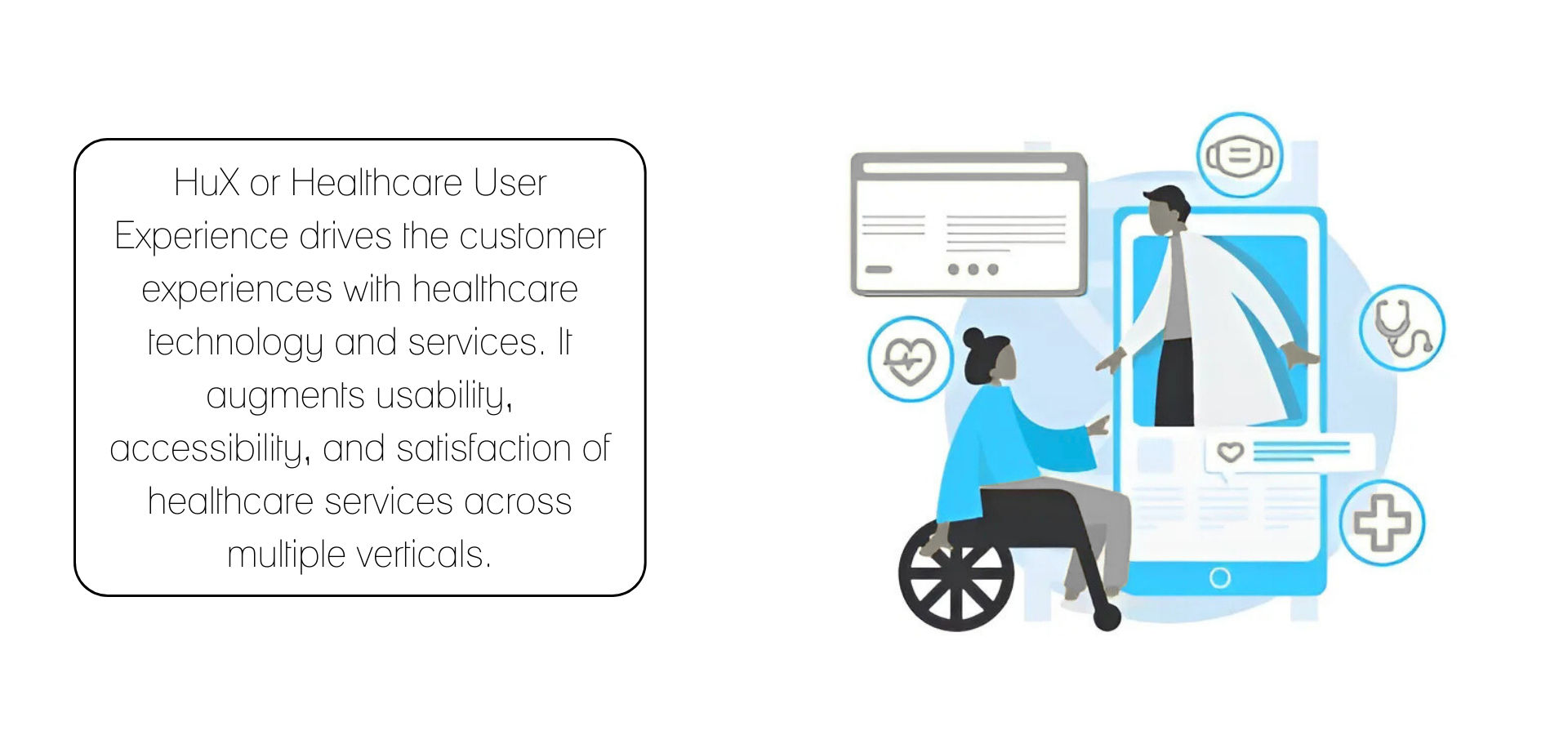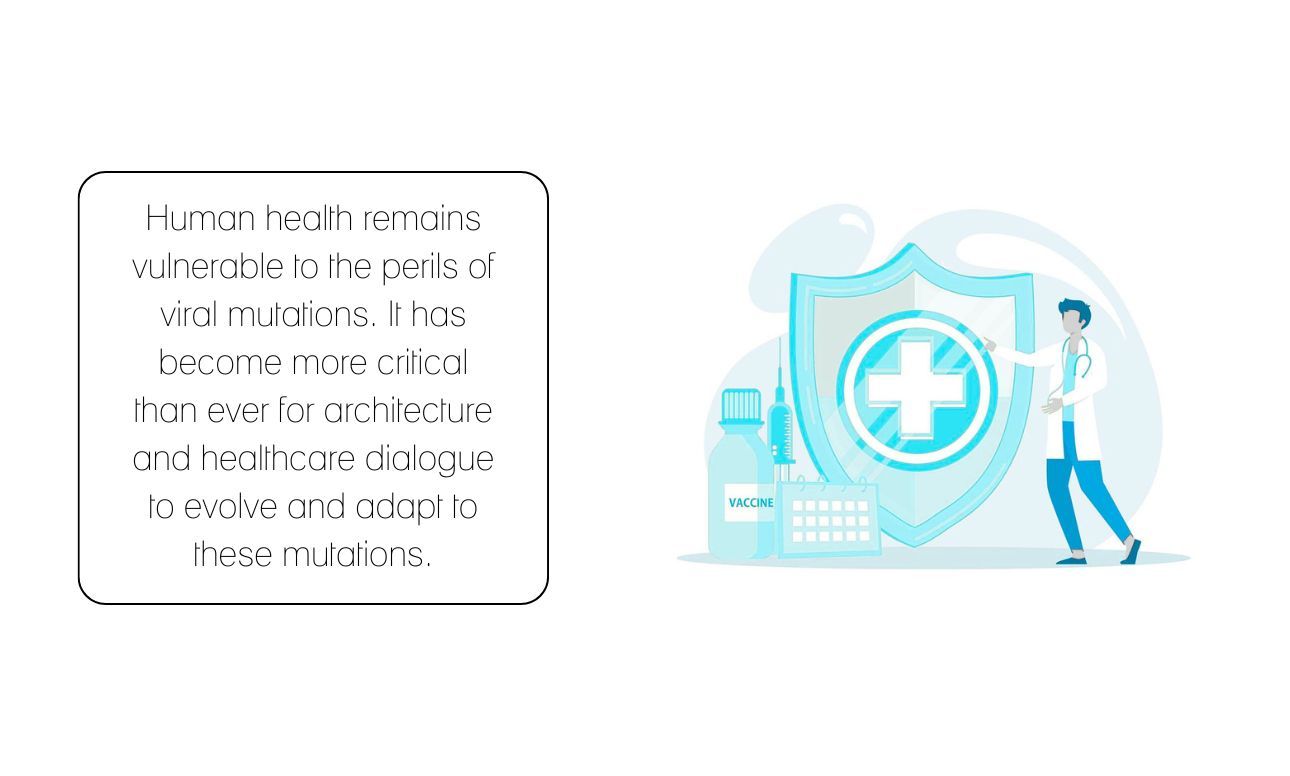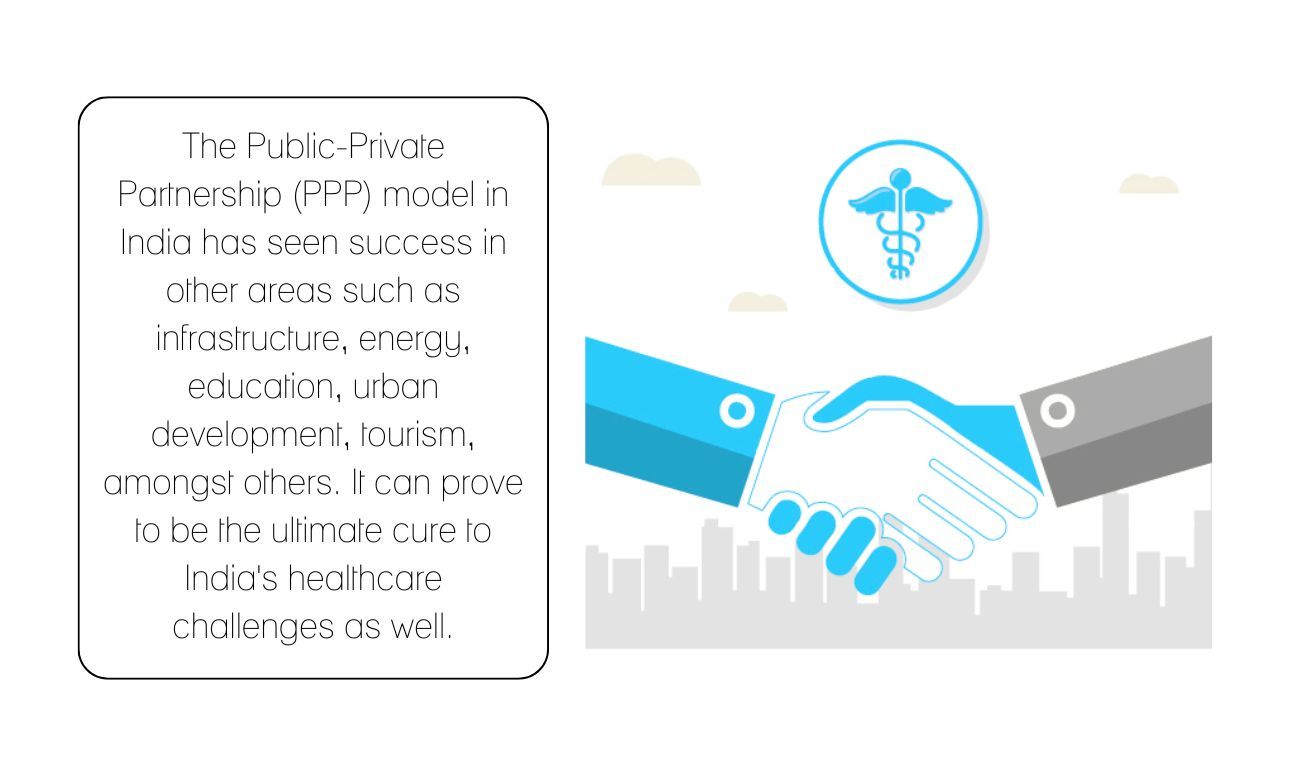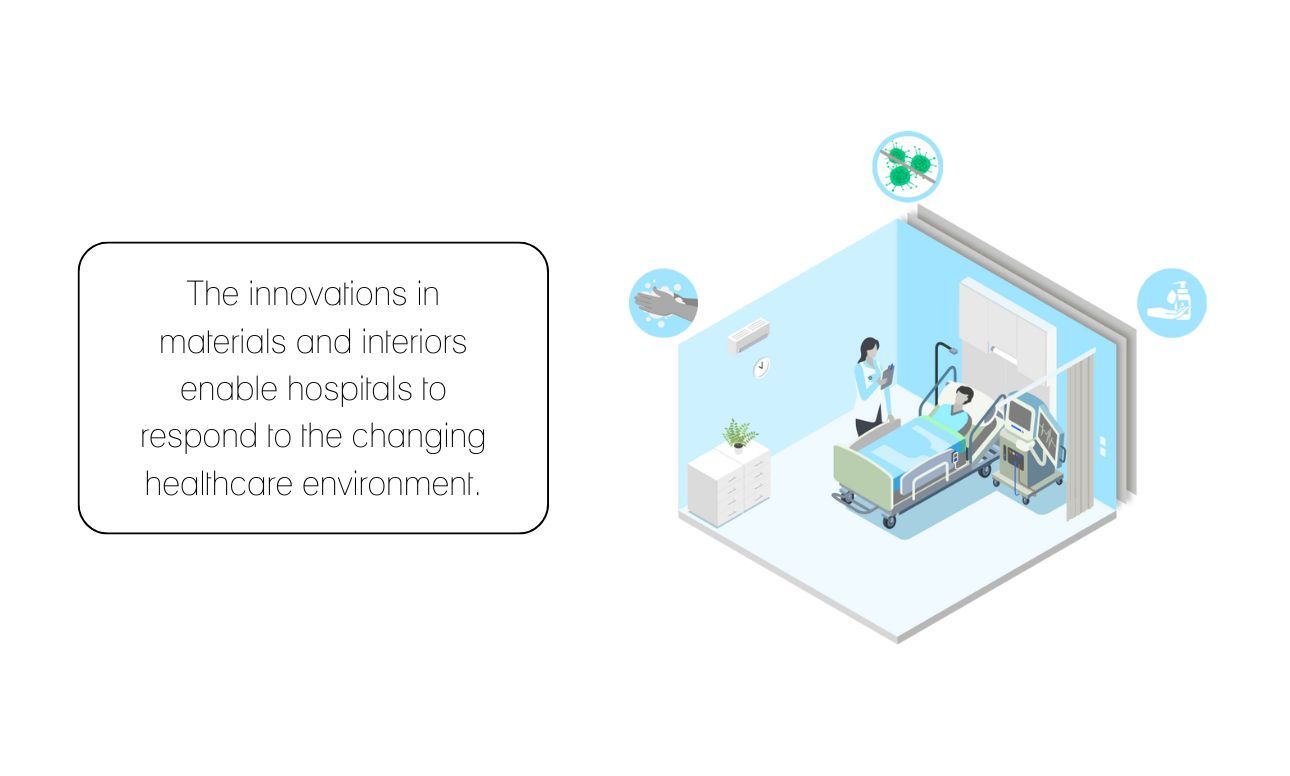

07-04-2021
Shifting Paradigms in Healthcare Ravideep Singh

In a pandemic-ridden world, the bare bones of the world’s healthcare system have come unravelled into the public domain. Over a year has passed, and the debris from the chaos that the medical industry went through still looms large. The sheer collapse of healthcare facilities globally, lack of Intensive Care Units, and overpopulated hospital wards have led to the apparent conclusion of the system’s inadequacies.
From every calamity, rise concepts that objectively stare the lacuna of the system in the eye and take the bull of recalibration of the system by its horns. Such is the impetus in healthcare to restructure itself and sustain the woes of ailing patients.
Today, healthcare architecture worldwide has remained restricted by rulebooks and standard measurements that confine the design of these facilities. Design struggles to move beyond old layouts that are mandatory for hospitals to follow and remain uninspired.
This state of affairs does call for a paradigm shift in the crux of the healthcare system and its operations. The Insurgence of Smart Preventive Care, a paper by CDA, tracks the probable future road map of changes that will revamp the medical service sector in the truest meaning of the word. The article refutes the argument that the inevitable solution to a collapsing healthcare system is to build more infrastructure, like metaphorical crutches holding up a dilapidated entity. The energies of researchers and health futurists are focused on orienting the system towards a more physically disintegrated and digitally seamless model of care delivery that will stop healthcare consumerism, which renders patients as mere customers at the behest of the system. The future of healthcare will collaborate with IoT, make the best use of rapidly changing technology, and manifest into an efficient model that is less susceptible to untimely collapse, claim researchers.
The paper projects two possible stages that anticipate major reorientation of the system’s antiques. The first one being, the hospital-centric model, which will employ tools like AI and Big Data to comprehend patterns out of the already existing profile of patients and put them to use for creating dynamic design layouts for hospitals that are reconfigurable. This model will look to inform itself from the ever-growing pool of healthcare statistics and data, to create digitally transformable floor plans within the hospital. For example, the shortcoming of limited intensive care units will be resolved in this scheme by utilizing the nonfunctional areas to use, when pandemics such as Covid-19 come knocking. This model will utilize digitally programmable architecture which will put to use sustainable, infection-preventing materials and focus on automated design, erection, and operation. This system will be aided by app-based scheduling and consultation for each patient, which will smartly manage the masses that earlier would wait in endless queues. The dependence on care providers such as nurses can be eased with the help of advanced logistic support mechanisms to cut down on unnecessary displacement to provide for medicines, linens, testing samples, etc.
After boosting the efficiency of the healthcare system, the second stage will move a step further and reduce the dependency on the hospital facility itself. The hospital building will dwindle in size, cut down on consultation, diagnostic, and in-patient departments, and retain only intensive care units and critical care. So, who do those ailing turn to? A patient’s health will be monitored by smart infrastructure linked via the cloud to the hospital which will be able to provide remote healthcare while in the comfort of one’s own home. From HD cameras to sensing monitors, a patient’s health will be constantly watched, and in case of discrepancies, alarms will be sent out to the doctor. There will be a facility for virtual nursing and online interactions with the caregivers for enhanced support. The architecture of such ‘Smart Infrastructure’ would have to be completely cloud-collaborated, optimizable, and friendly to autonomous mobility such as drones, etc., allowing for interior access, movement, unloading, and parking; suggests the paper. This will lead to a reduction in healthcare costs and be a giant leap towards ensuring accessible care and medical service to all.
To fathom these waves of change may seem incomprehensible to an untrained ear. However, significant strides in the research and development of these schemes are underway, and the future is promising. The involvement of tech giants is also anticipated in the years to come. Only exemplary strength will heal the ruptured healthcare system and refurbish it into a complete turnaround. With all spirits and energies heading in the right direction, an evolved healthcare system awaits.













